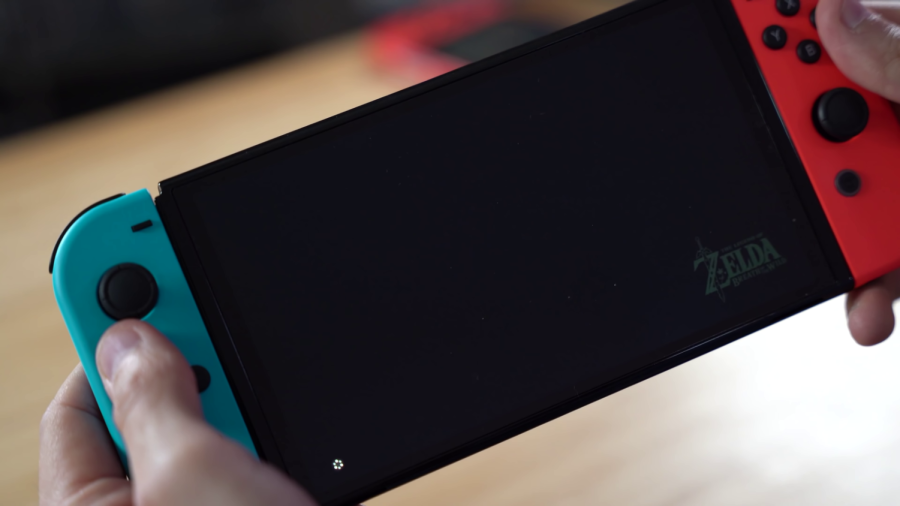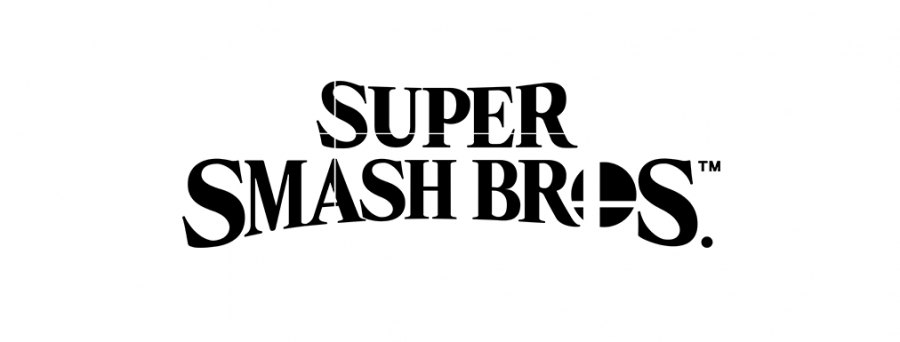 Year after year, EA Sports puts out its version of Madden NFL, which is immediately gobbled up by its core audience. But when it comes to the franchise’s more casual audience, one question usually comes up: “Am I just paying $60 for a roster update?”
Year after year, EA Sports puts out its version of Madden NFL, which is immediately gobbled up by its core audience. But when it comes to the franchise’s more casual audience, one question usually comes up: “Am I just paying $60 for a roster update?”
The answer is usually along the lines of “meh,” as EA Sports tries to throw in a flashy new feature that may or may not pan out in future years (See: QB vision cone, Superstar Mode). But in the most recent rendition of Madden, which no longer features the former NFL coach at a voice talent, a couple of key yet subtle gameplay changes could be enough to upgrade that answer to “not as much.”
To non-fans of the series, not much has changed in the Madden world since 2004. Randy Moss is still broken and most players are still open to average about 500 yards passing a game if they want. So, obviously, if you don’t care about blocking schemes or play calling, by all means don’t buy the game.
But, the changes made in this year’s game are the sort of minor tweaks that add that little extra spark to the hardcore football video game fan.
First, it’s a huge deal for enthusiasts of the X’s and O’s aspect of football: a revamping of blocking schemes. In the past, running the ball involved looking at your linemen, looking at the defense and hoping that the right people get blocked. What’s changed is that, instead of showing lineman following a vague “run block” command, the game will show you the specific blocking assignments pre-snap.
So, if you take a glance at the play map before the snap of the ball, you can actually see whether or not your right guard is actually trying to go after the middle linebacker on a halfback dive instead of going after the backside end. It’s a small difference, but it makes running the ball a dream compared to years past. If the back is stopped in the backfield, you can at least be glad that the line actually tried to stop the defender.
Second is a feature marketed towards both the casual and impatient gamer. Gameflow, which is sort of a better version of the “Ask Madden” option in games past, allows the player to forego the full playbook and let the game choose the play. It’s like having your own offensive coordinator, a comparison that’s supported by the fact that the game will have a “coach” advise you on the play as the offense walks to the line.
Functional on both sides of the ball, Gameflow, with the help of the accelerated clock option, speeds up the pace of the normal game and usually comes up with a solid choice for a play, especially since draws and running out of the shotgun are now more effective.
While a perfect choice for the less-picky users on offense, Gameflow has a minor flaw on defense. It speeds up the pace, but at the expense of the amount of time players used to have to make pre-snap adjustments.
Speaking of which, pre-snap adjustment controls have been changed to a clunkier, less-intuitive format. However, due to fan outcry, a patch is now available online to restore the original controls. Hooray community influence.
A third major change is in the Madden’s announcer’s booth. Now completely devoid of the familiar tandem of Al Michaels and John Madden, the game now features the solid color commentary of Cris Collinsworth and the new addition this year, the oft-over-the-top-but-in-an-awesome-way Gus Johnson. Instead of Michaels’ usual professional tone of broadcasting, Johnson actually brings a level of excitement, which is a nice touch, especially for big plays and close games.
All-in-all, Madden NFL 11 makes a few subtle changes that blend nicely into the familiar franchise. It’s a better change than in years past, where new modes have tried to change things outside of the number one reason people buy the game: to sit down and play a football game.
If you were on the fence about Madden NFL 11, and those changes don’t entice you, don’t buy the game, especially if you’ve gotten a version in recent years. But if they do, it gives a new feel to actually playing the game.
Nick O’Malley can be reached at [email protected].





